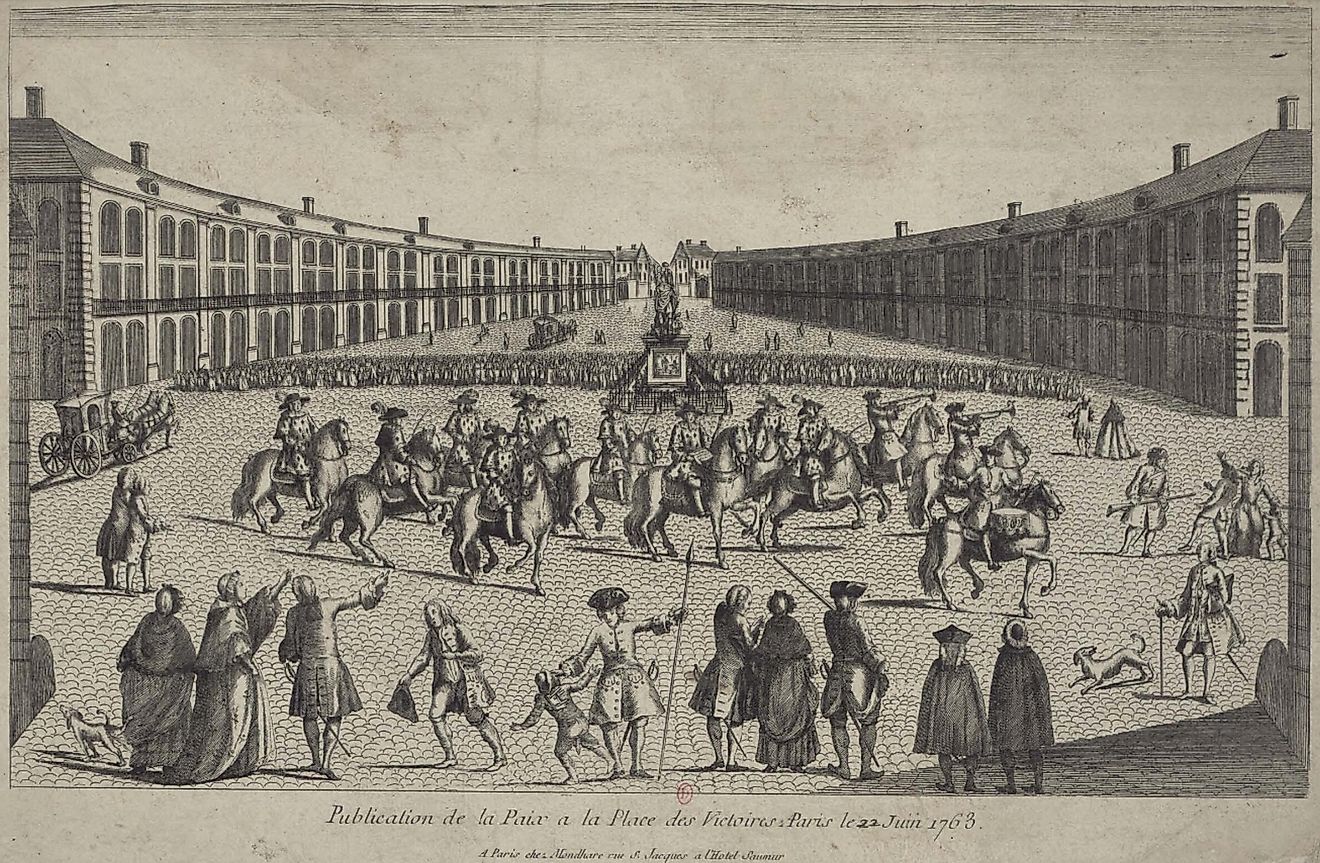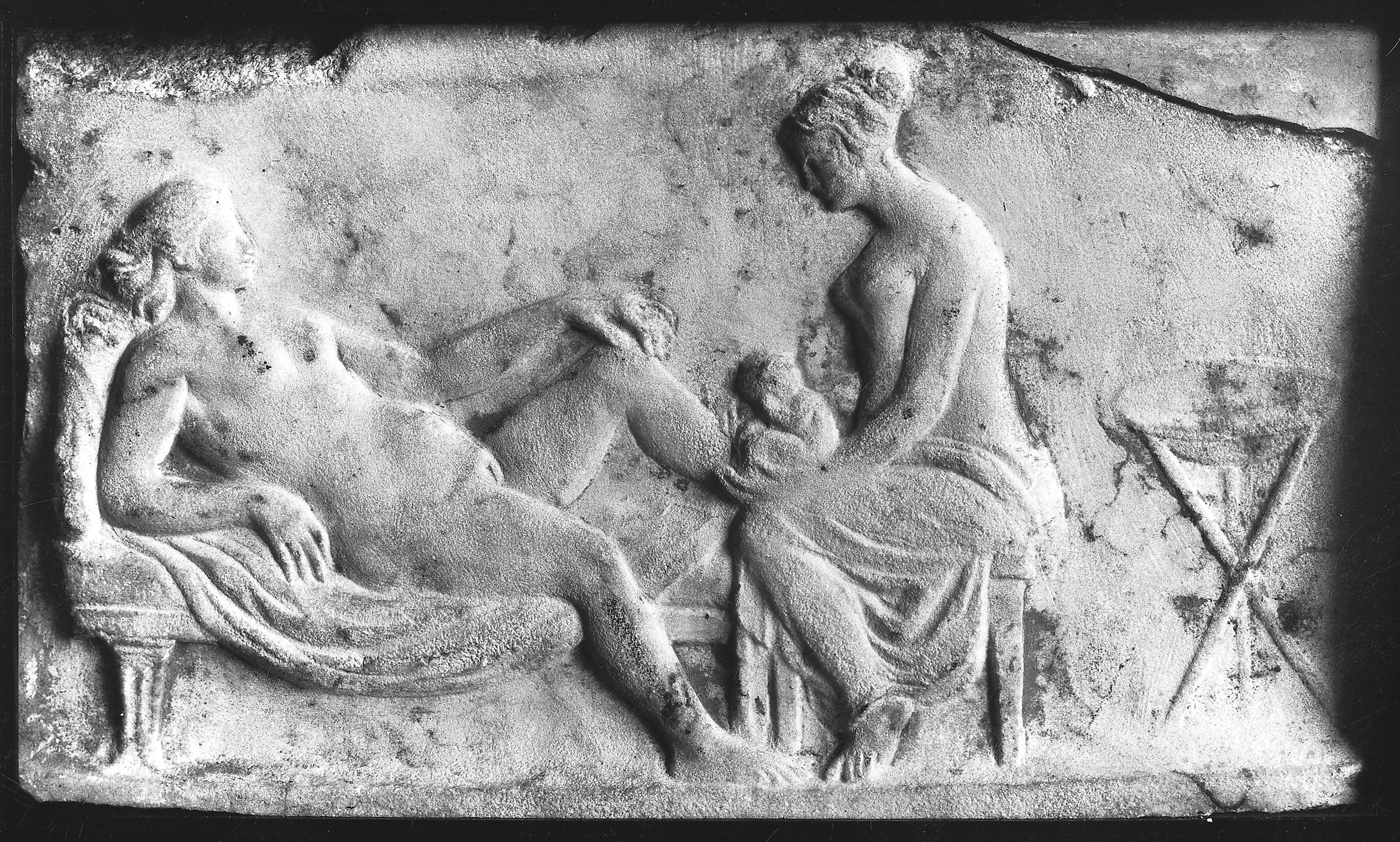
These Ancient Roman Medical Practices Are Still in Use Today
Early Roman doctors were often called “Medicus,” a Latin term meaning physician or doctor. These doctors practiced medicine in ancient Rome, and their methods and knowledge were influenced by Greek medicine, particularly the teachings of Hippocrates and later Galen. Without question, many medical practices performed at that time might be considered barbaric, wacky, or the modern-day equivalent of pseudoscience today. So, while many procedures have all gone the way of the Dodo, other practices have been adapted and improved thanks to advancements in the field of medical science and evidence-based practice, like these nine age-old practices that doctors still turn to today in some form.
Leeches
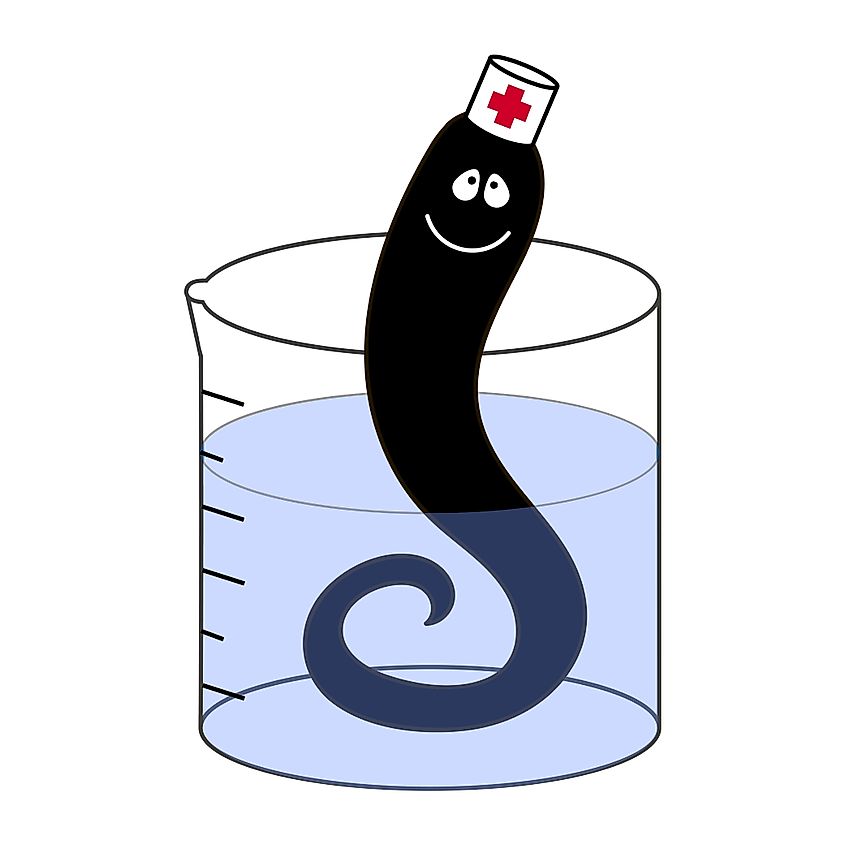
Leeches were often used in ancient Roman medicine for bloodletting because of their supposed therapeutic benefits. During the 1800s, leeching became a favored treatment throughout Europe, Asia, and North America. But as bloodletting began to fall out of favor, so did leeching. However, the use of leeches has experienced a renaissance in recent decades, particularly in microsurgery and plastic surgery, where they can help improve blood flow and aid healing.
For the record, leeches aren’t slugs, insects, or reptiles; they’re a type of worm with three jaws with about 100 teeth each, and within their saliva are enzymes that act as natural anesthetics and anticoagulants. That means when a leech is used in surgery, a blood clot won’t form. Put simply, the leech acts as an artificial vein that draws away excess blood. The bleeding typically stops two to three hours after the leech has finished its meal. Leeches (along with maggots) were approved by the U.S. Food and Drug Administration (FDA) for medical use in June 2004.
Cupping
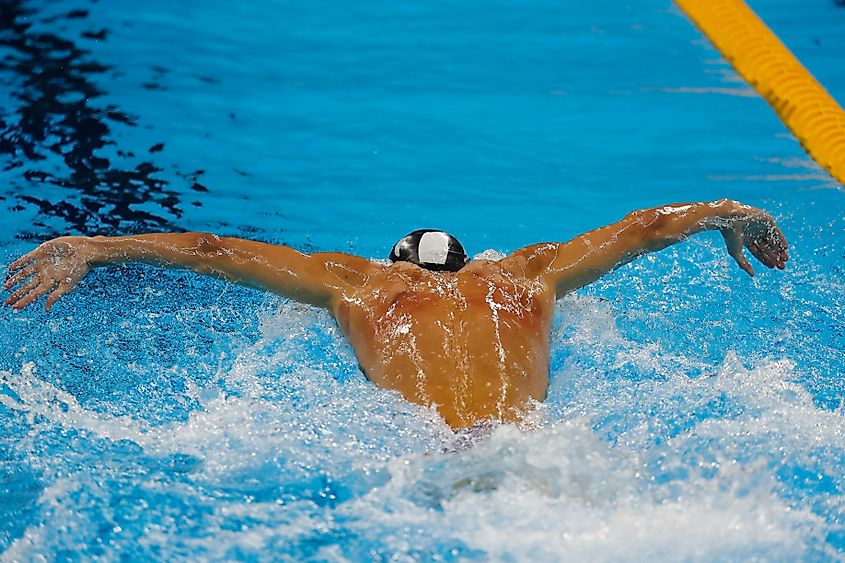
Some suggest that the first evidence of cupping was discovered during the archaeological excavations at Pompeii in the 19th and 20th centuries when archaeologists found numerous rudimentary surgical instruments in Pompeii’s “House of the Surgeon.” Among these were 14 bronze cupping vessels used in two practices: wet cupping and dry cupping.
Wet cupping, like bloodletting, pierces the skin and draws out unwanted substances in the blood. Dry cupping involves applying a suction cup to the skin to promote healing, especially when combined with massage. Today, dry cupping therapy is considered an alternative or complementary medicine. In recent memory, it made its first spectacular appearance on the back and arms of swimmer Michael Phelps during the 2016 Summer Olympics.
Mithridatism
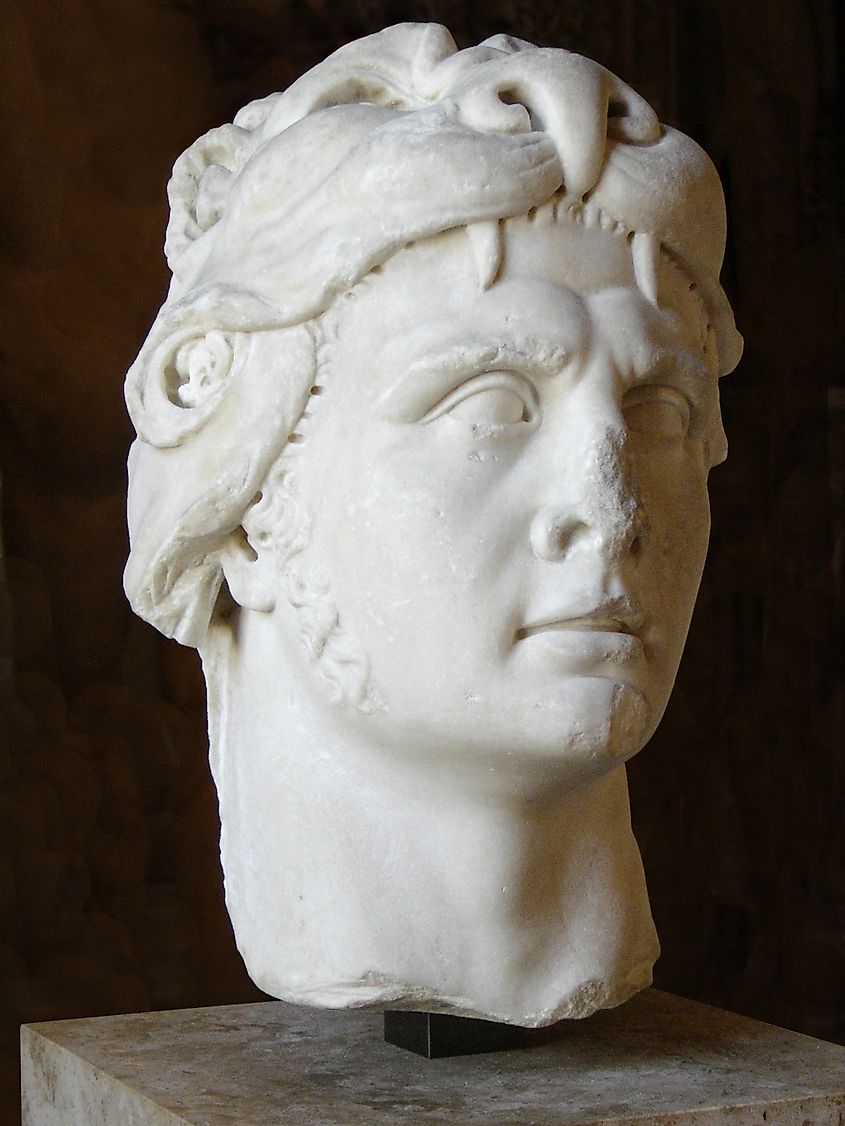
Mithridatism is the practice of ingesting small amounts of poison over time to gradually build up immunity to a toxin. The practice is generally attributed to Mithridates VI, the King of Pontus, and named after him. History suggests that the king was so paranoid about being poisoned by his enemies that he regularly ingested sub-lethal doses of poison to make himself immune to poisoning and foil any potential assassination attempts. The Greeks and Romans later relied on his somewhat unorthodox research, which contributed to the emergence of medicinal science. While mithridatism is no longer practiced today, there is a parallel between building immunity by introducing the body to a controlled dose of a toxin without causing the disease. Think of flu shots and vaccines.
Cauterization
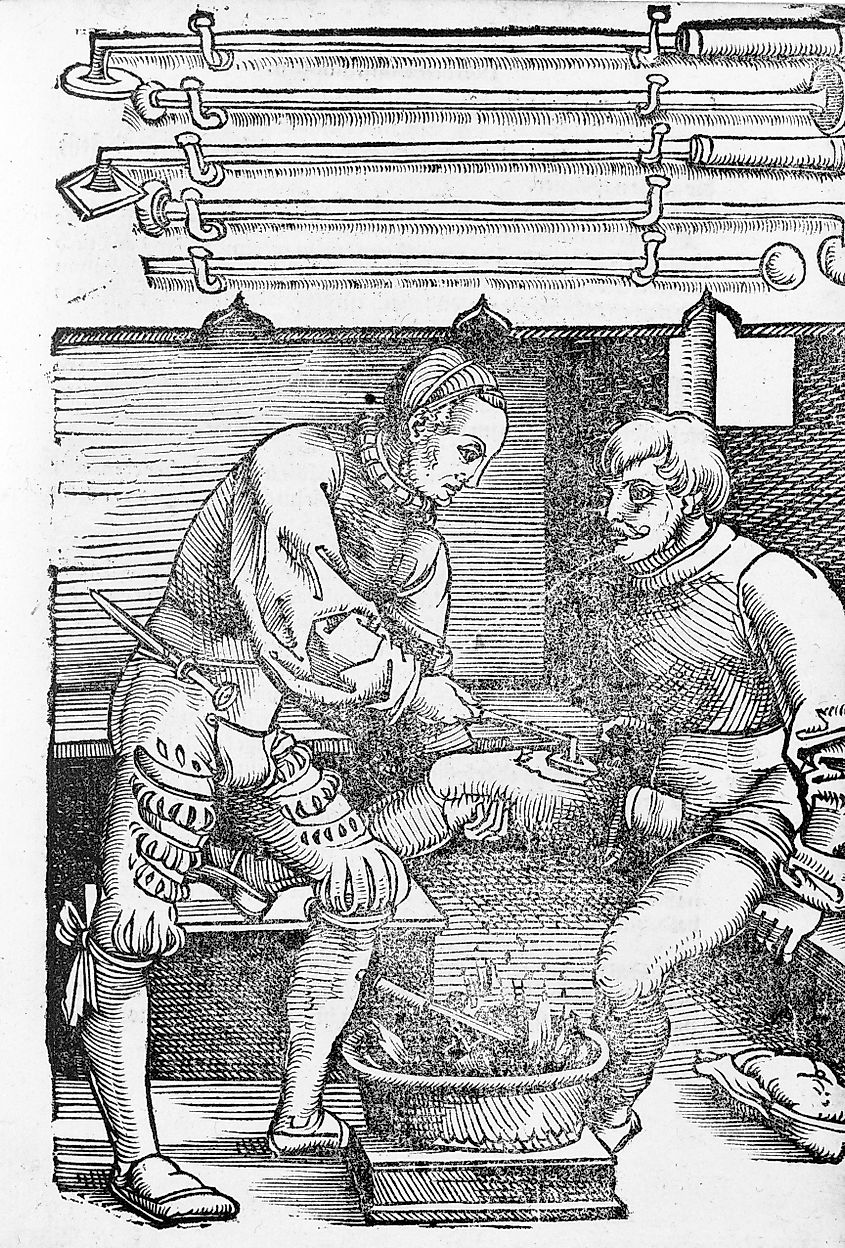
Cauterization is the process of burning body tissue to stop bleeding and prevent infections. The Romans extensively used cauterization as a surgical technique to stop bleeding, which was particularly important in amputations. This technique was also used to avoid spreading infection, tumors, or gangrene. Today, cauterization is more advanced with technologies like electrocautery and laser surgery. However, using heat to achieve hemostasis (blood clotting) or remove tissue remains a fundamental part of surgical practice.
Electroconvulsive Therapy
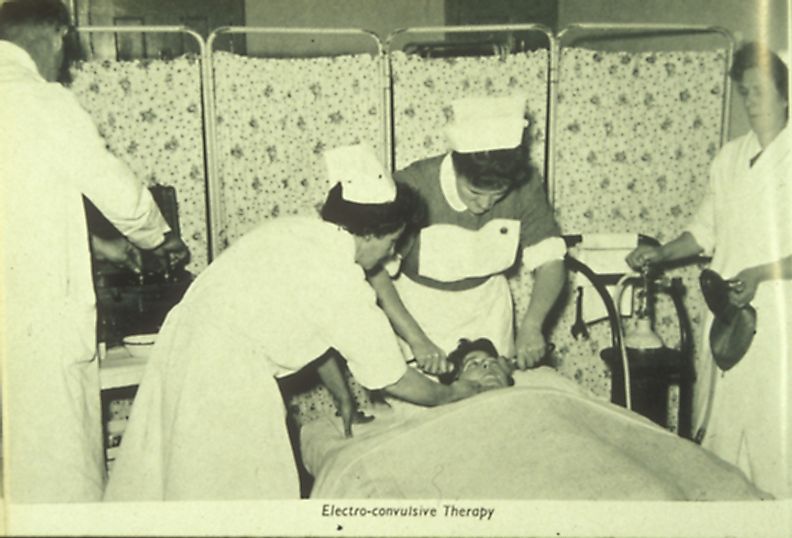
Electroconvulsive therapy (ECT) is a somewhat controversial treatment for severe depression or bipolar disorder whereby an electrical current is sent through the brain, triggering a short seizure designed to alter changes in the brain’s chemistry and relieve symptoms. Ancient Romans first performed a primitive form of ECT using electric eels to treat gout and headaches.
Today, the procedure uses muscle relaxants and anesthesia, and the electrical current is given in much lower doses. Still, Hollywood never helped the treatment gain widespread appeal, with images of McMurphy (played by Jack Nicholson) receiving the treatment in the film One Flew Over the Cuckoo’s Nest burnt into viewers’ collective imaginations.
Cataract Surgery
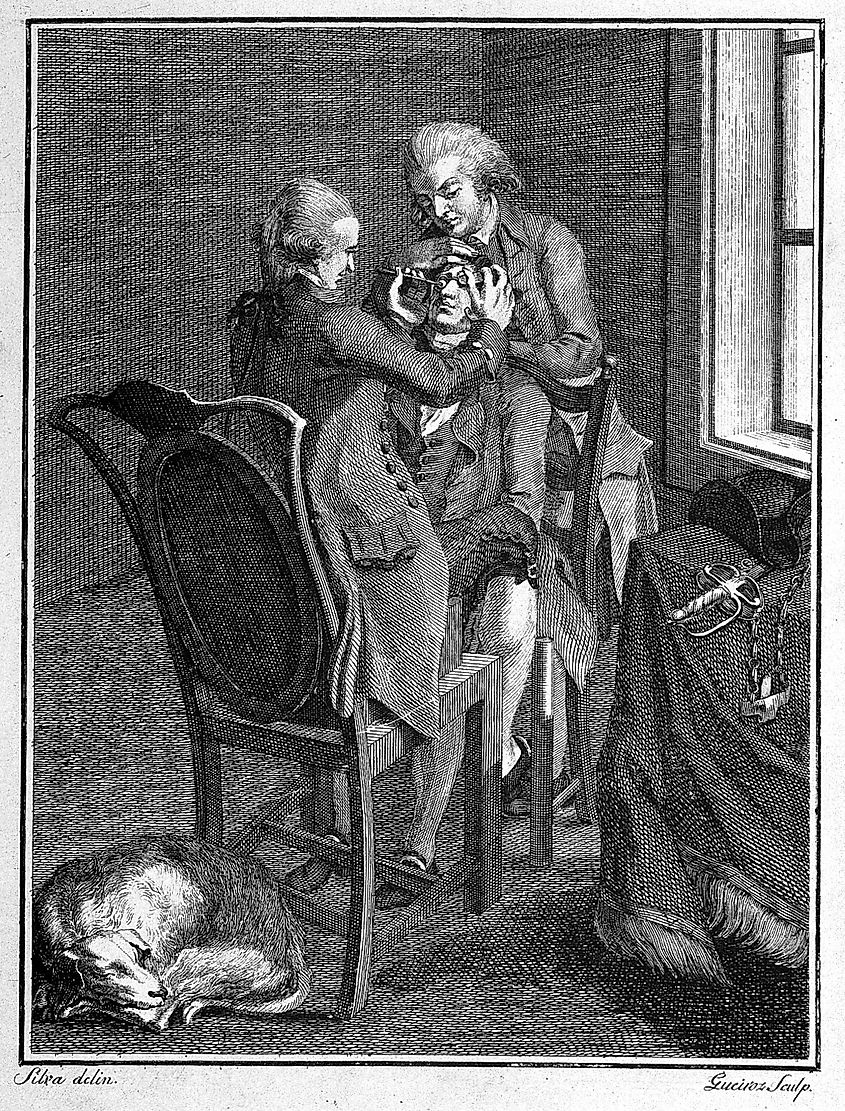
Cataracts are a leading cause of blindness around the world, with at least 2.2 billion people having near or distance vision impairment. In the United States alone, 24 million Americans aged 40 and older have cataracts. The first example of treatment for people suffering from “chitta motia” (meaning “white blindness” in Urdu) originated in ancient India. “Couching” was a process of rubbing and pressing the eyes to dislodge the cloudy lens, or sometimes blows to the head were used to dislodge the cataract.
Couching was further refined, and the early Roman physicians were thought to have punctured the lens with needles inserted into the eye to manually dislodge the cataract, based on the discovery of cataract-type surgical instruments in the old territories of the Roman Empire. Unfortunately, this method sometimes resulted in complications, like blindness, but these early procedures are similar to today’s highly effective laser cataract surgery.
Trepanation
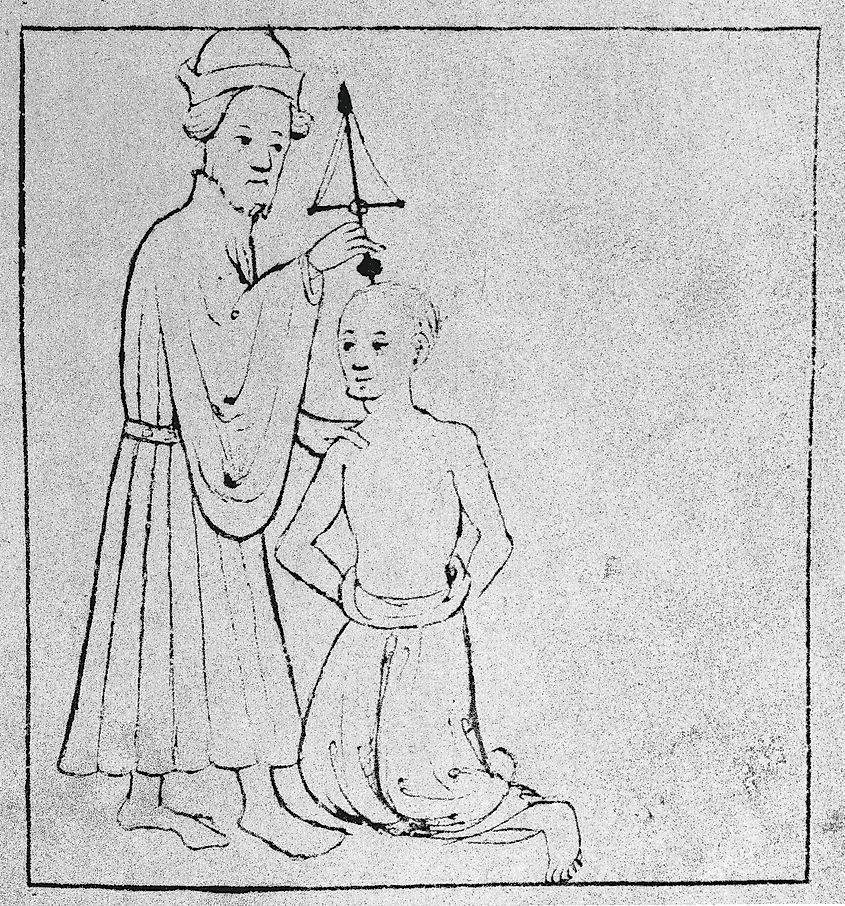
Trepanation is the practice of drilling a hole into the skull, one of the world’s oldest surgical techniques. It was used in ancient Greece and Rome, as described in ancient documents by Hippocrates and Galen—two of the most prominent ancient Greek medical writers whose work has influenced the evolution of medicine and neurosurgery for centuries.
The procedure was used to alleviate conditions such as headaches, epilepsy, mental illness, or brain trauma. Some cultures also thought that a hole in the skull would allow evil spirits to leave the person they were inhabiting, but that’s a topic that falls under the umbrella of pseudoscience. A precursor to modern neurosurgery, trepanation is used today to relieve pressure in situations like subdural hematomas, whereby small burr holes are drilled in the skull to drain blood and relieve pressure.
Uroscopy
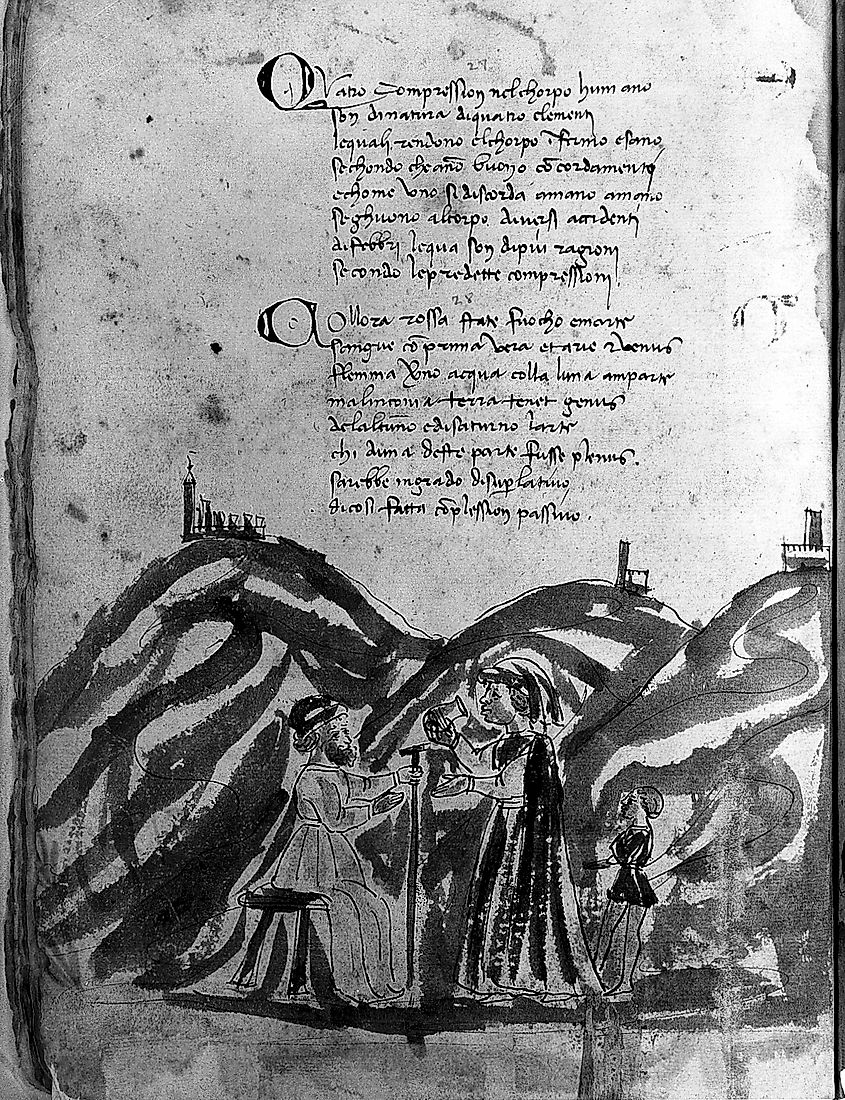
Uroscopy is one of the oldest forms of diagnostic testing, dating back to Hippocrates. In ancient Rome, physicians practiced uroscopy, which involved examining a patient's urine color, smell, and taste to diagnose diseases and determine overall health. Drinking urine, also known as "urotherapy," has been part of various traditional medicine systems for centuries, and practitioners believe it has numerous health benefits, including curing ailments and improving general health.
While the methods and understanding have evolved significantly, and urine drinking, in particular, is considered a pseudoscience by modern medical standards and has largely fallen out of favor, urine analysis is a crucial diagnostic tool in modern medicine for assessing kidney function, detecting metabolic disorders, and monitoring overall health.
While Roman medicine contributed foundational knowledge to the field, many of its practices were based on theories and beliefs that were downright nutty, like an overly enthusiastic round of bloodletting that may have led to the death of President George Washington. Add in a session or two of bruise-making suction cupping, skull drilling, and eye poking, and one might think early medical professionals were certifiable. But while many early quirky medical practices have since been disproven or replaced by advancements in medical science, they did lay the groundwork for modern-day medicine.





